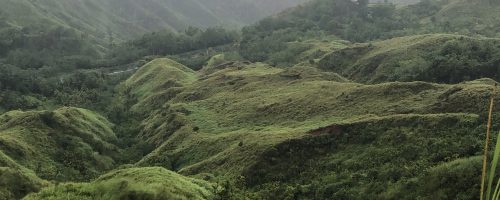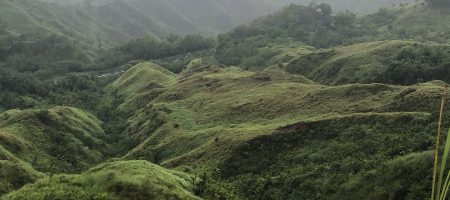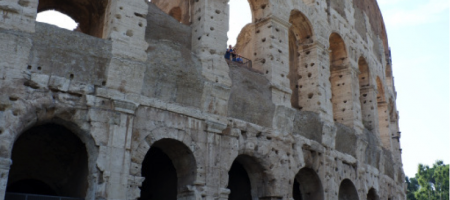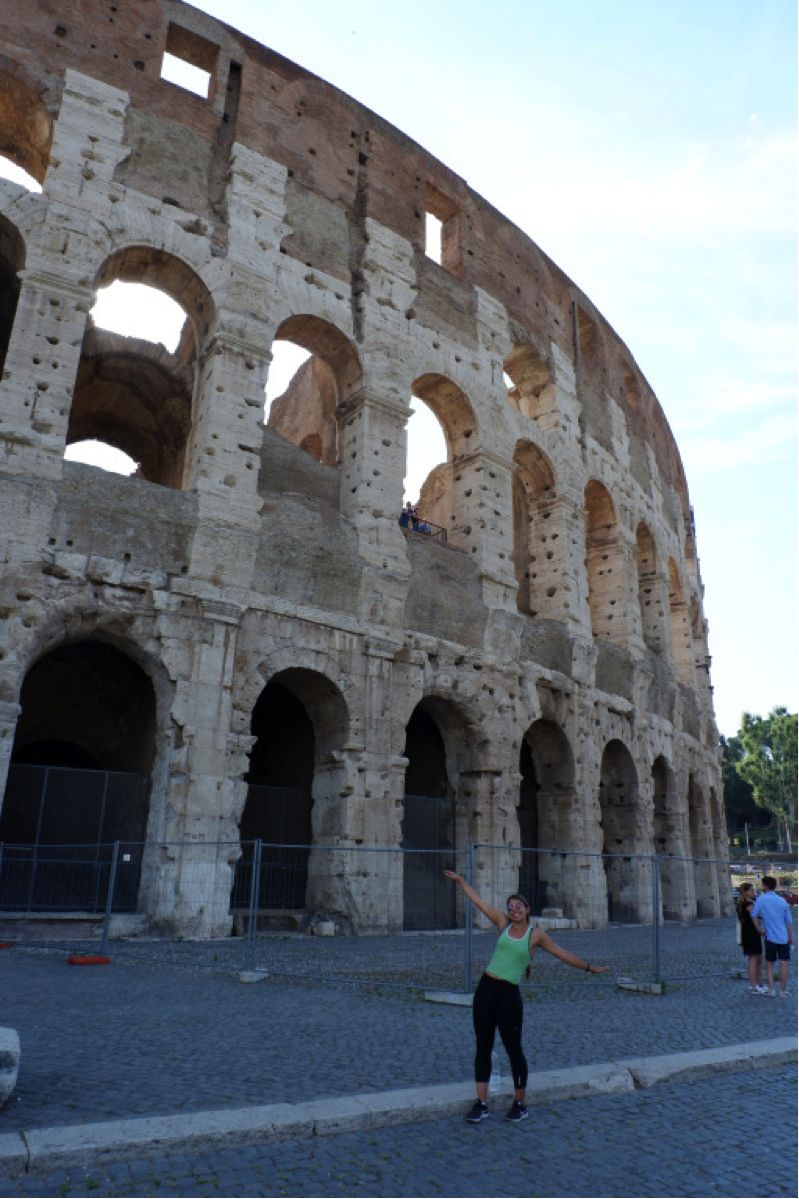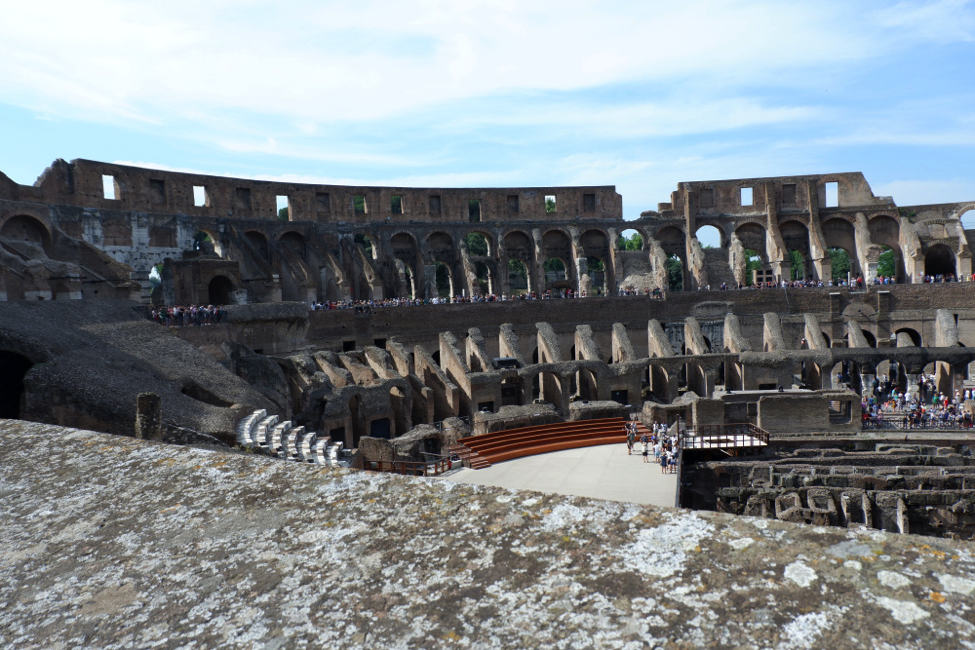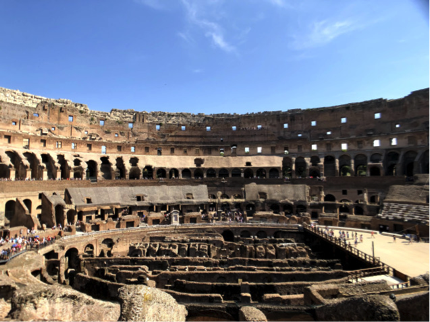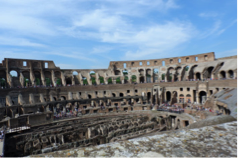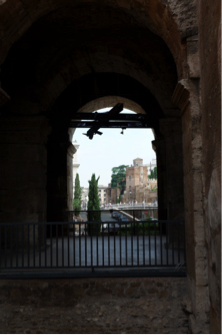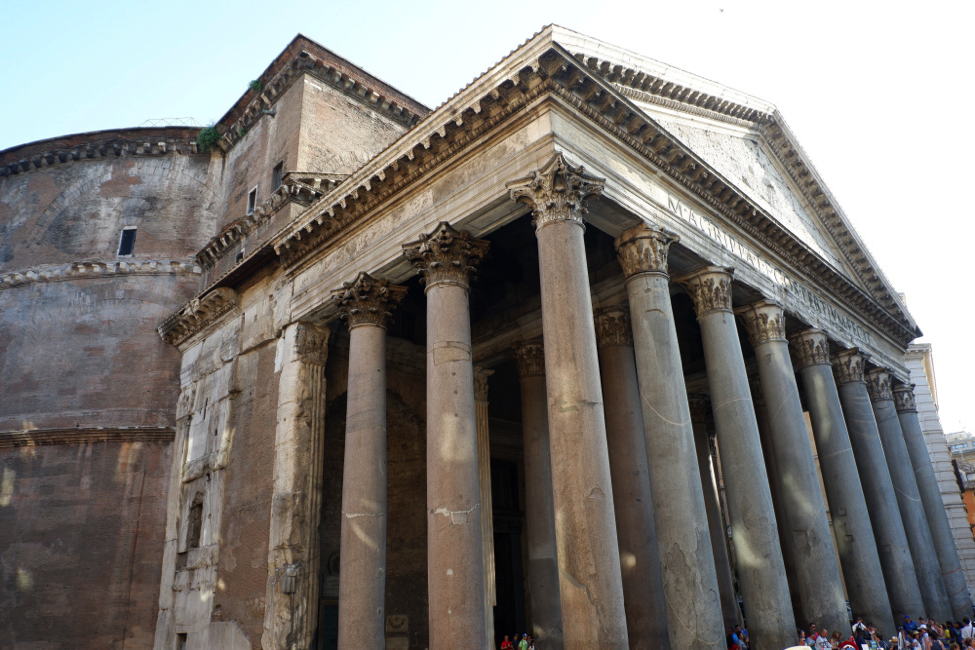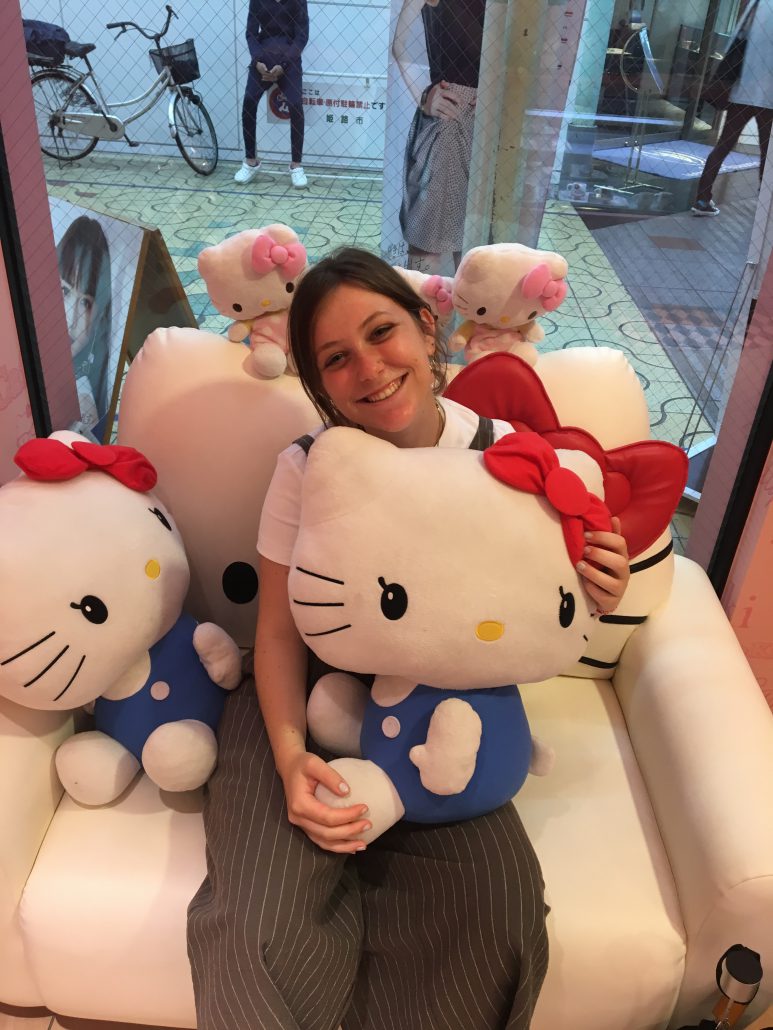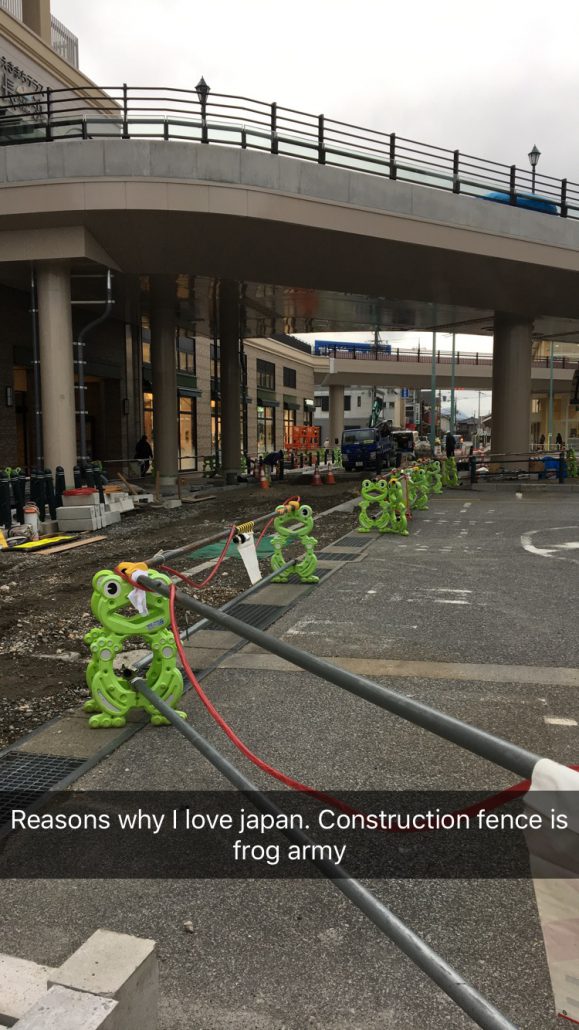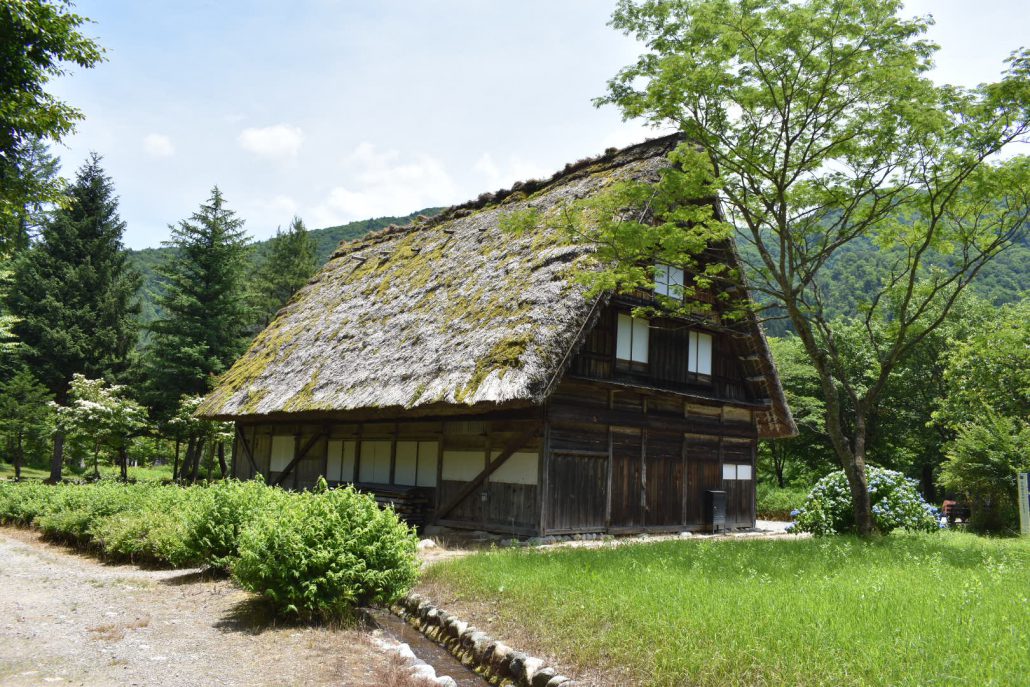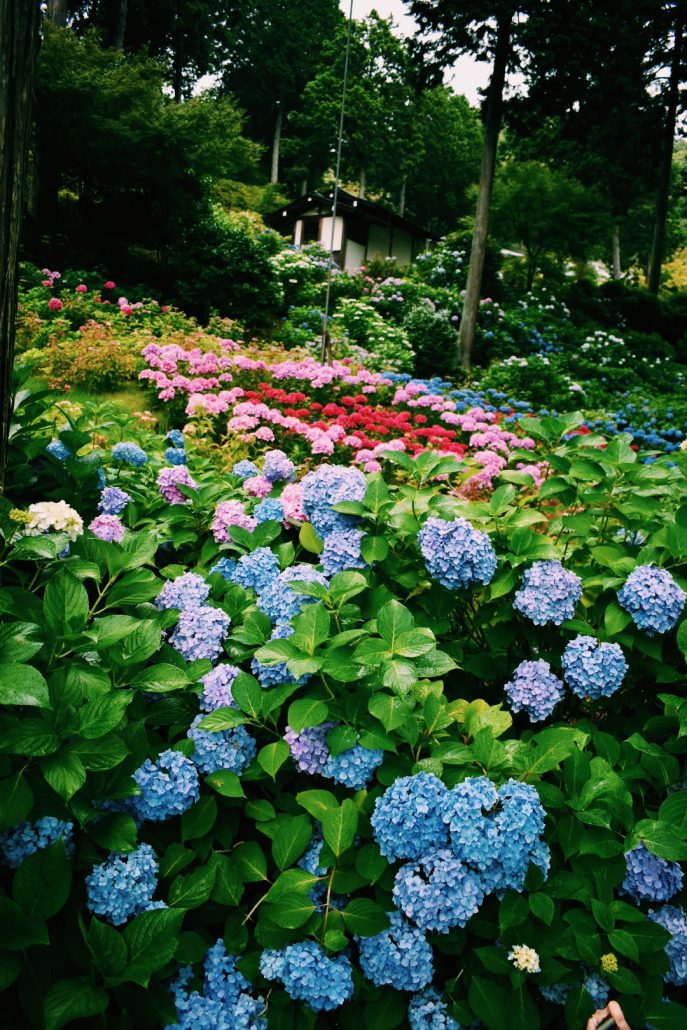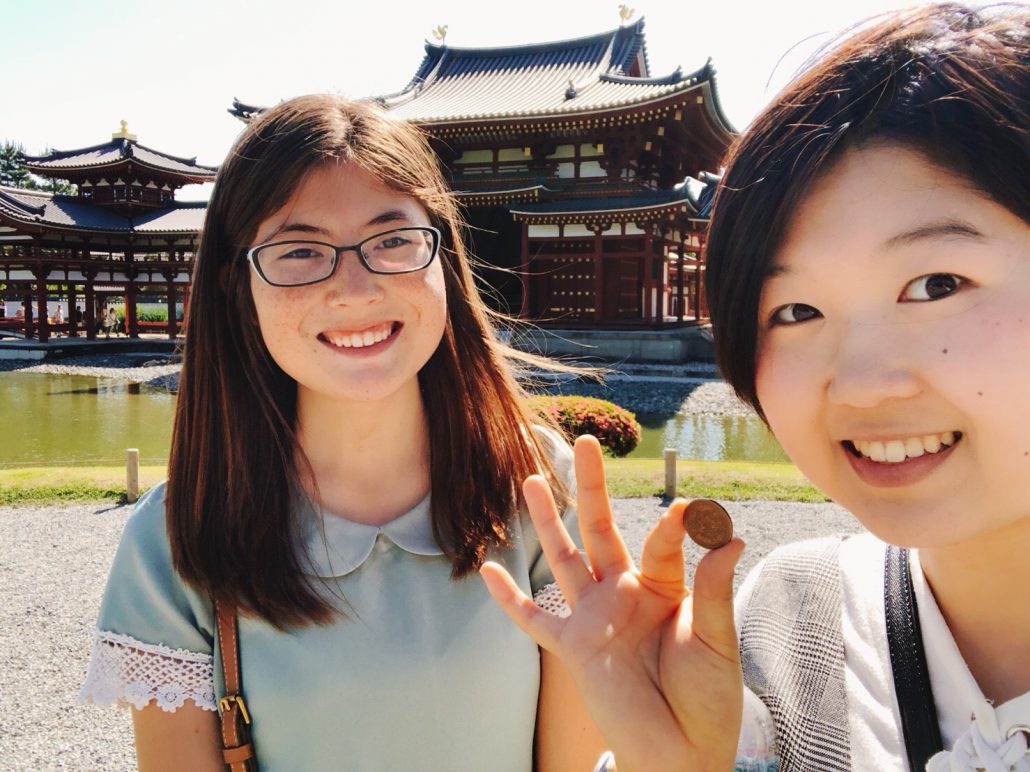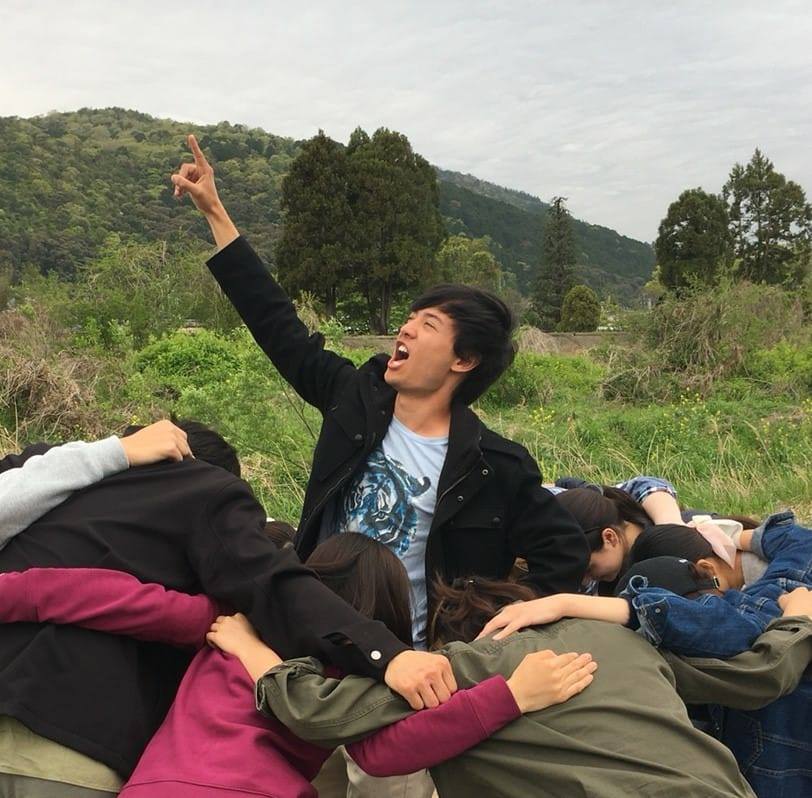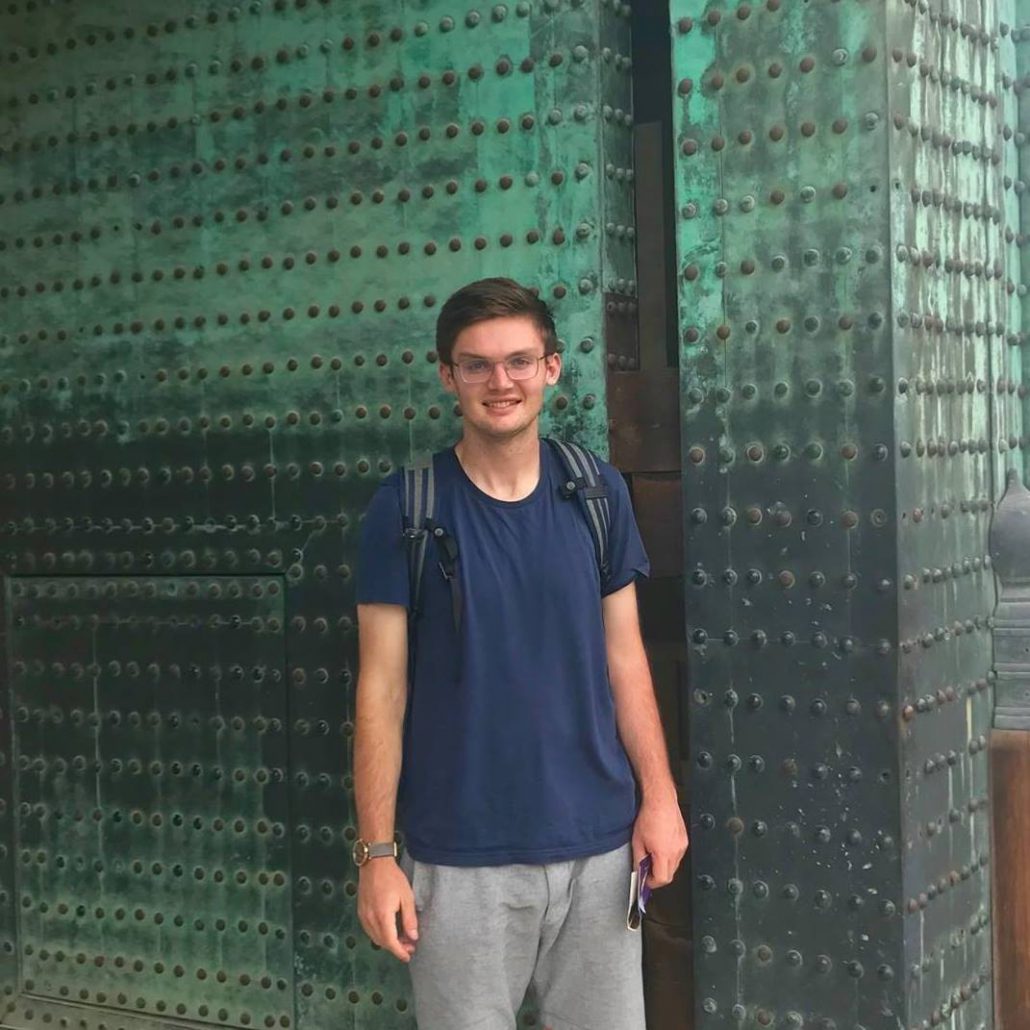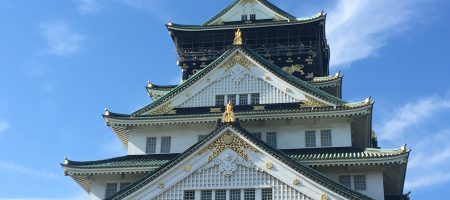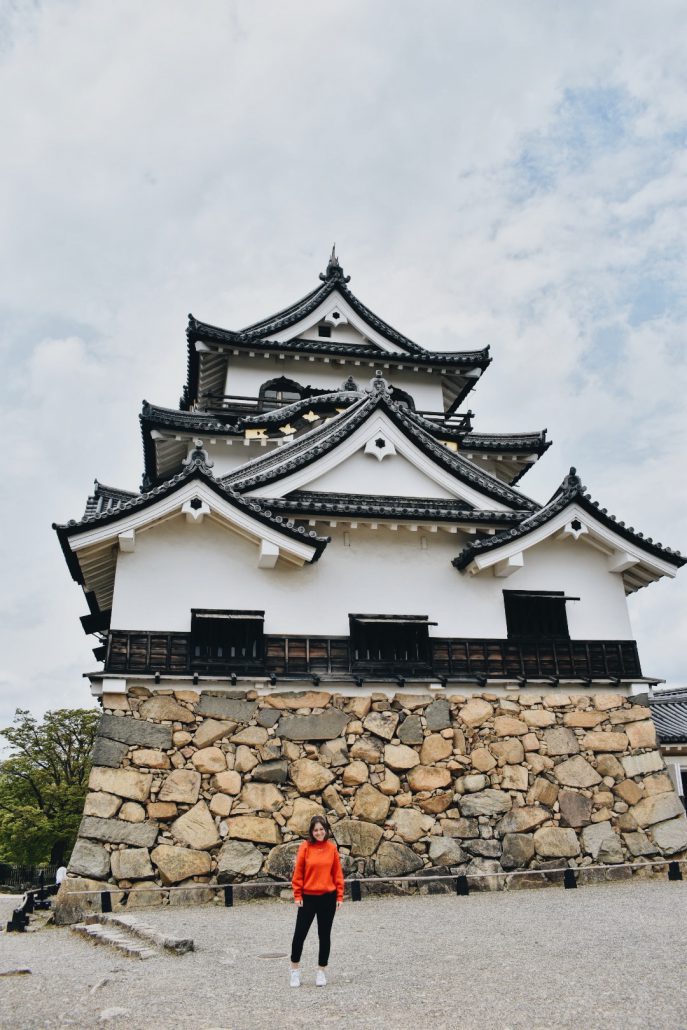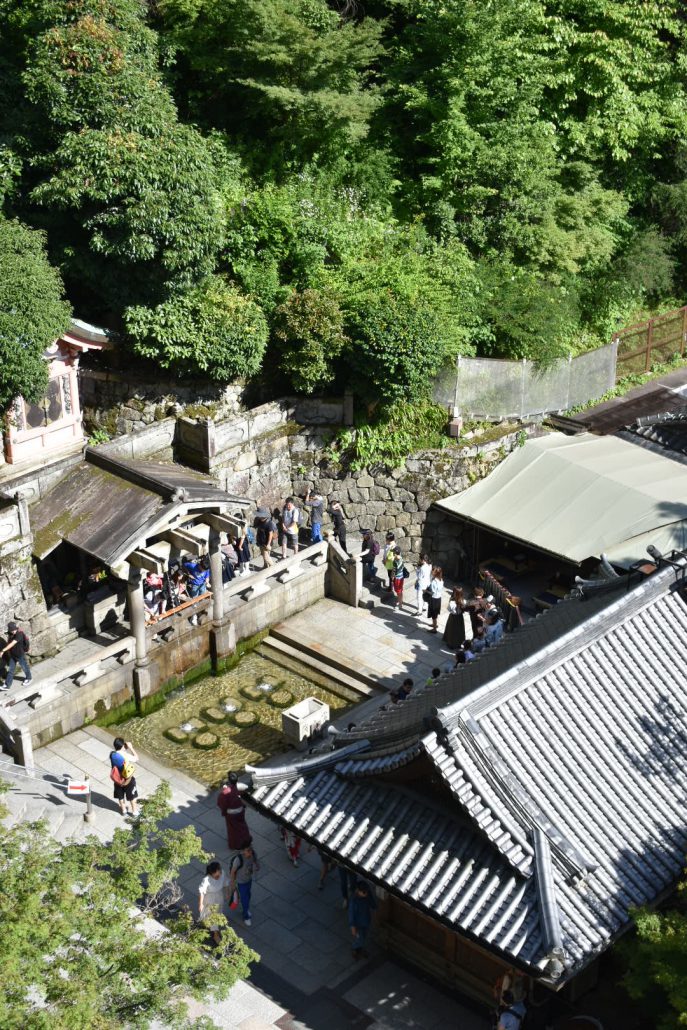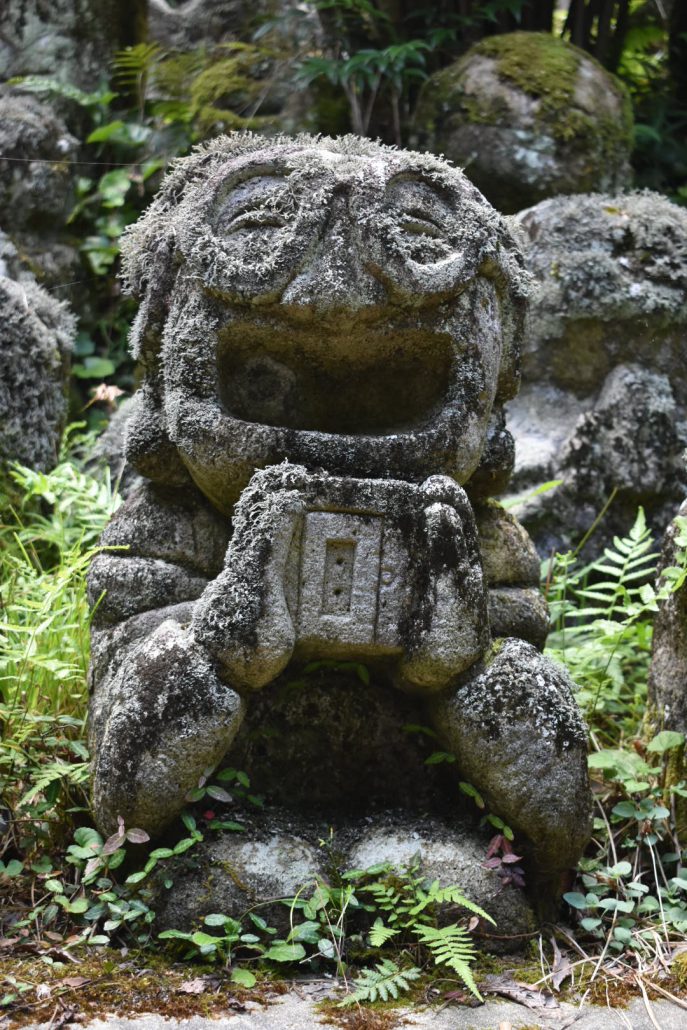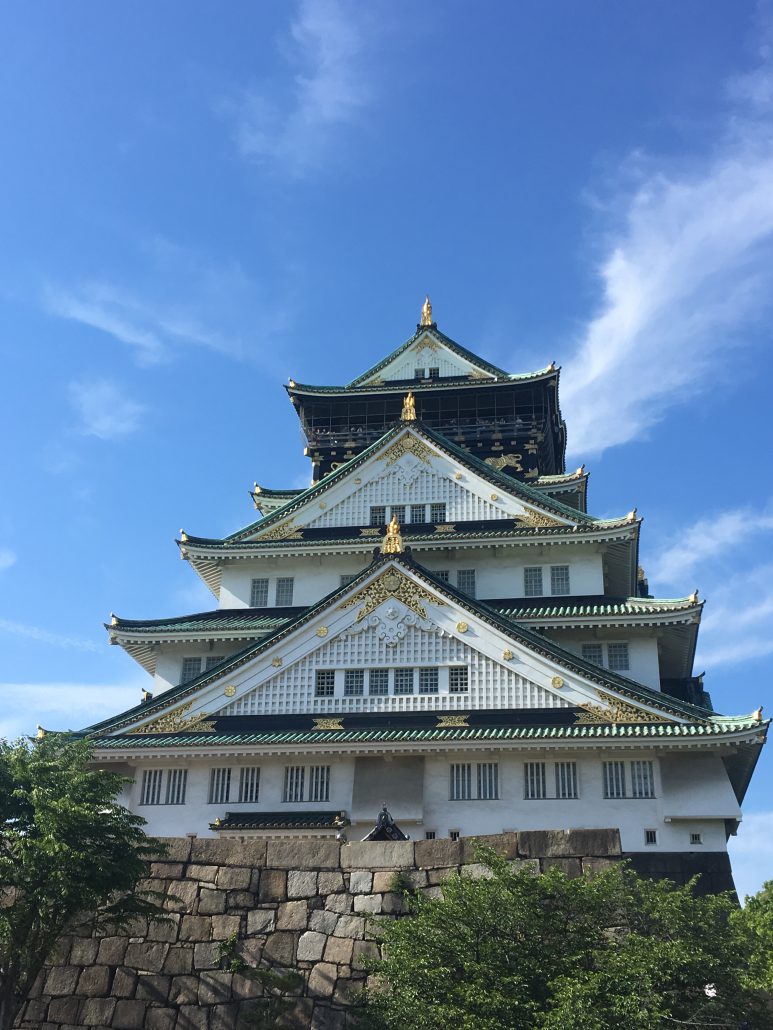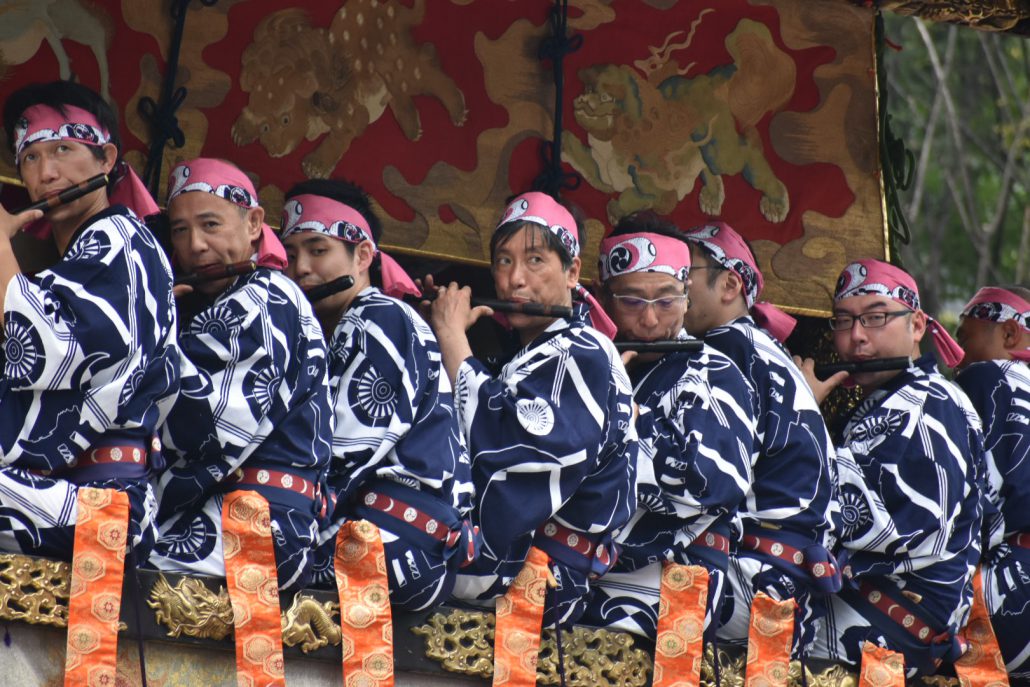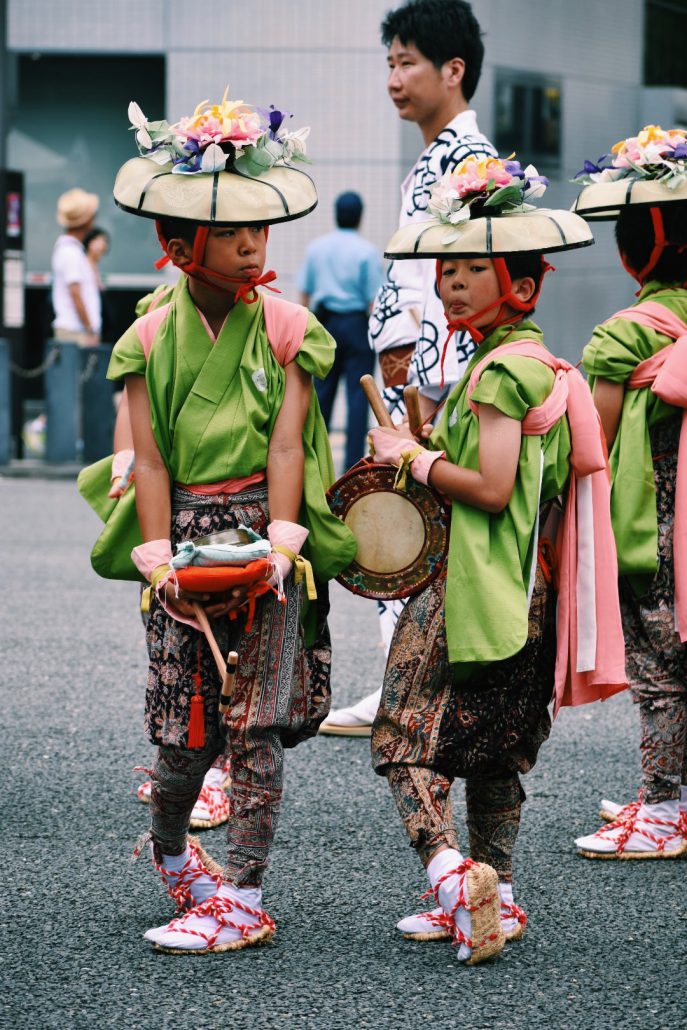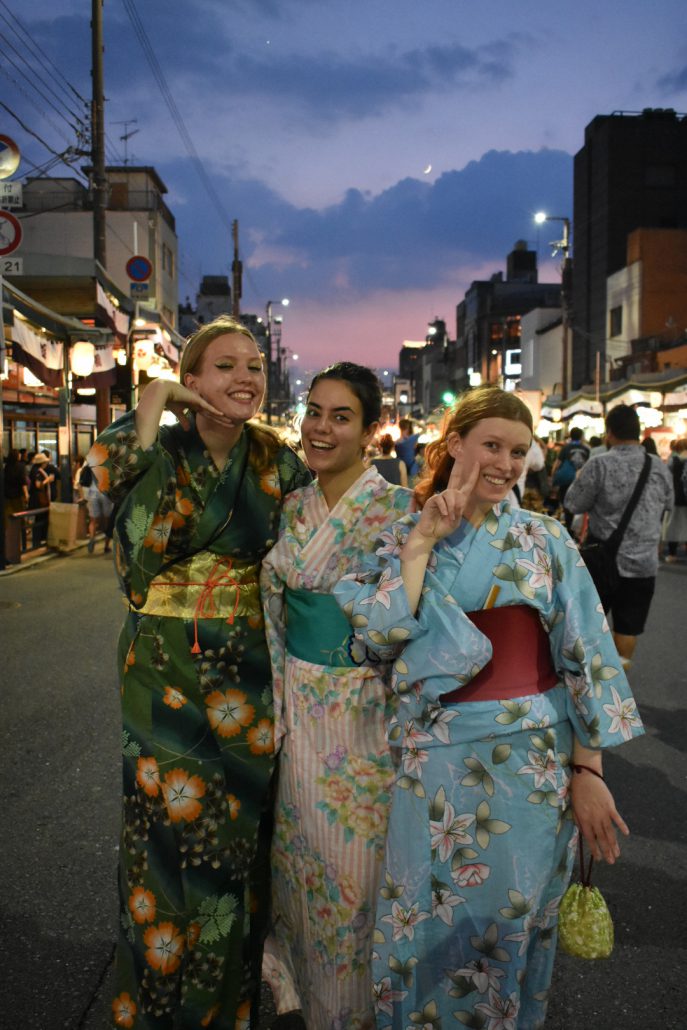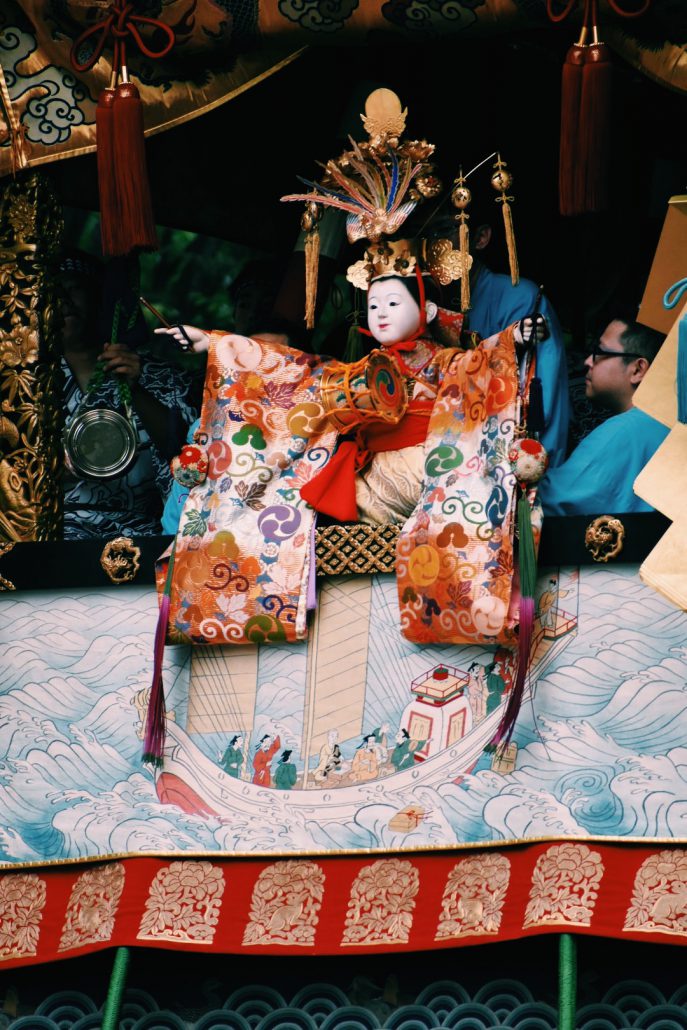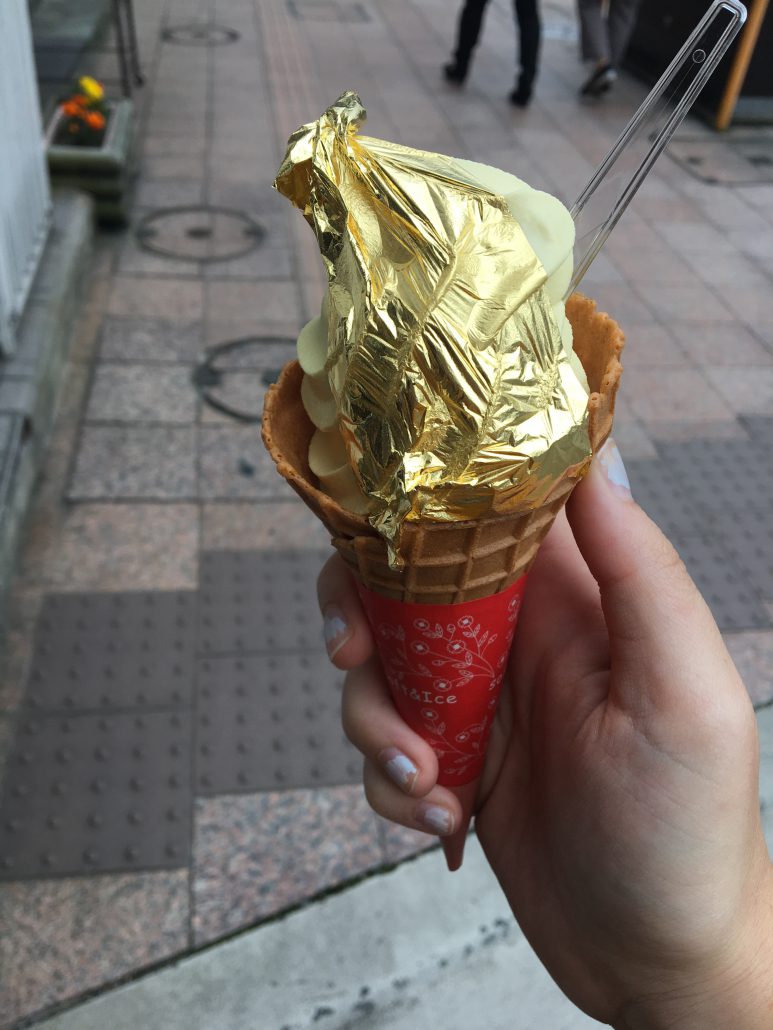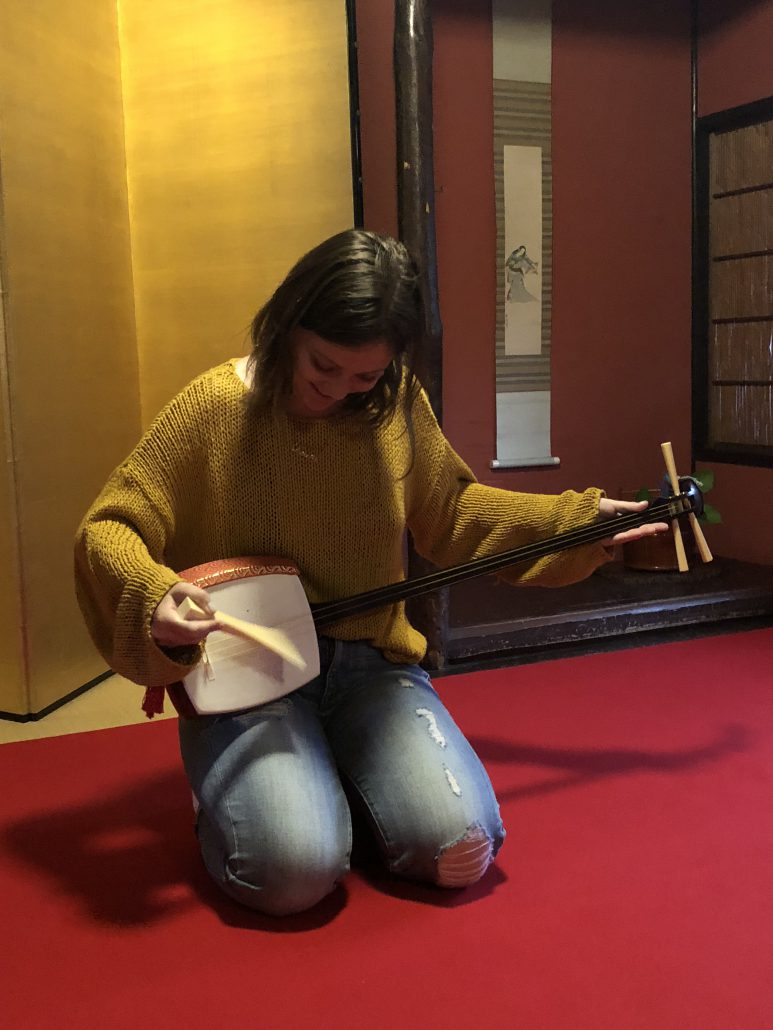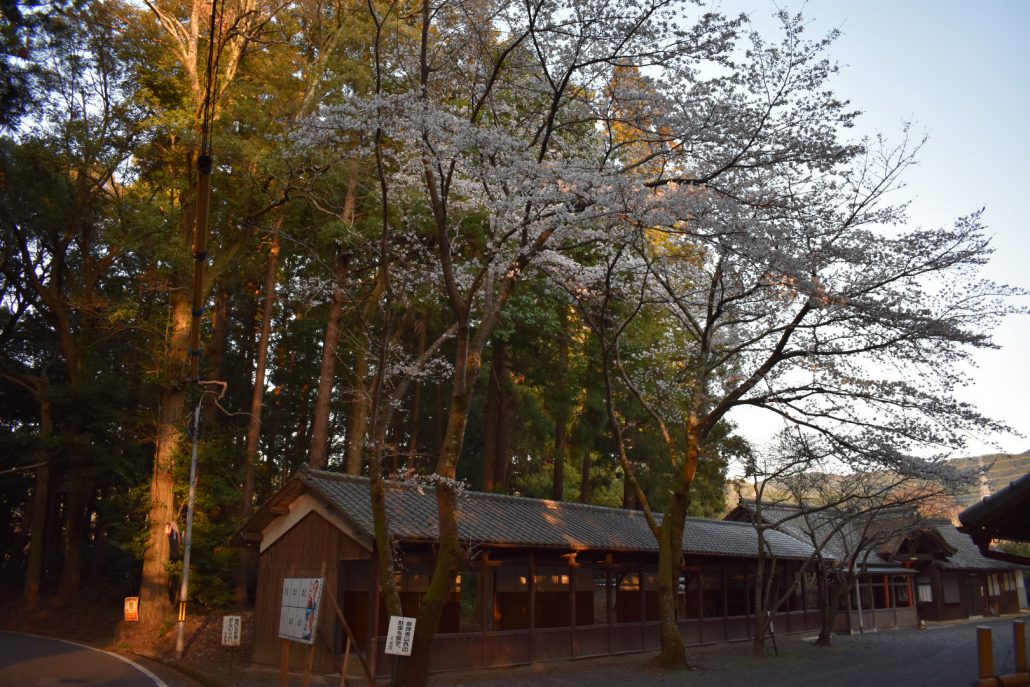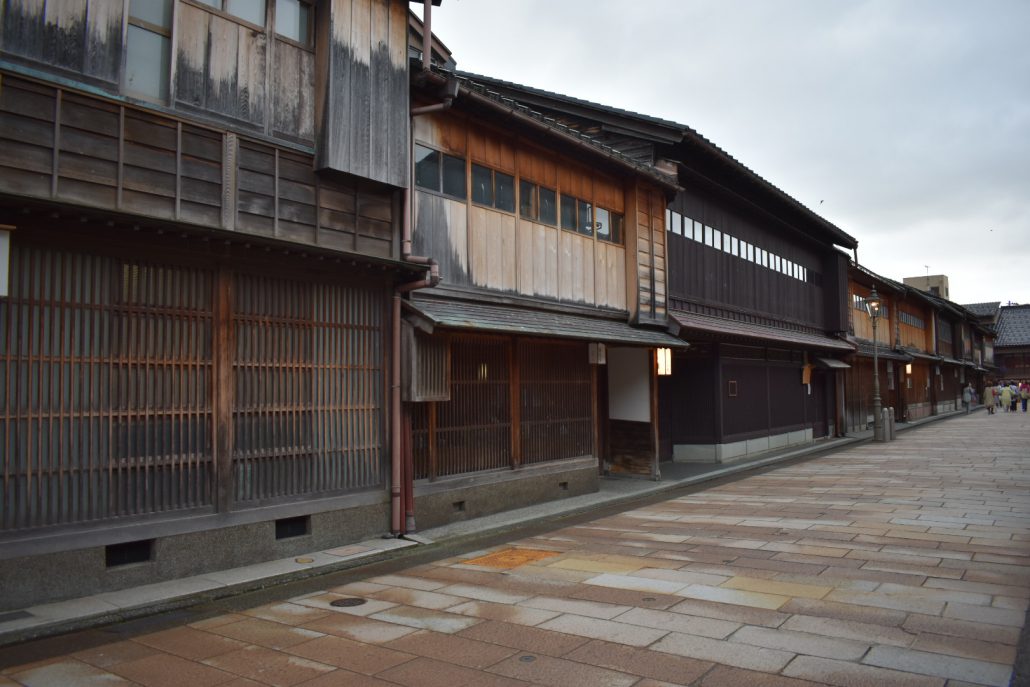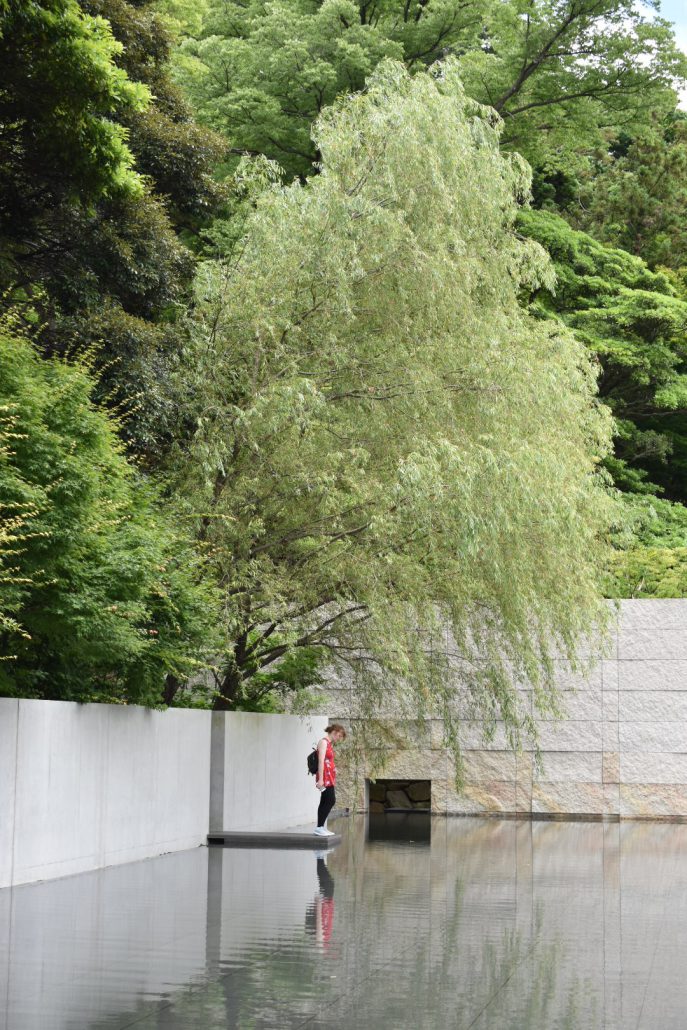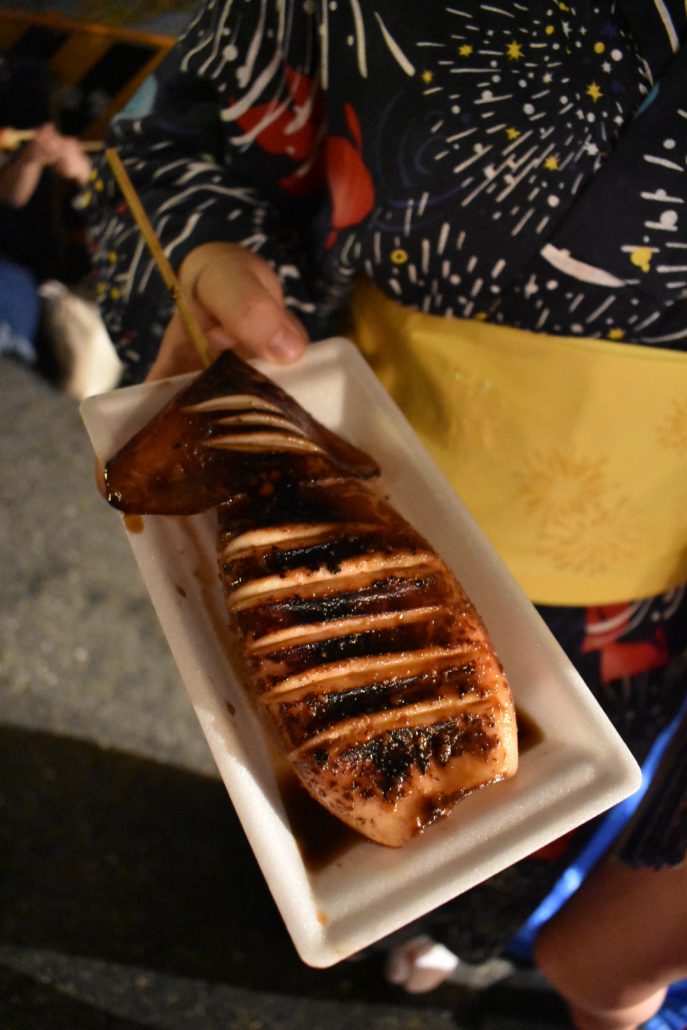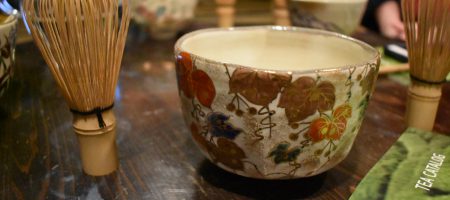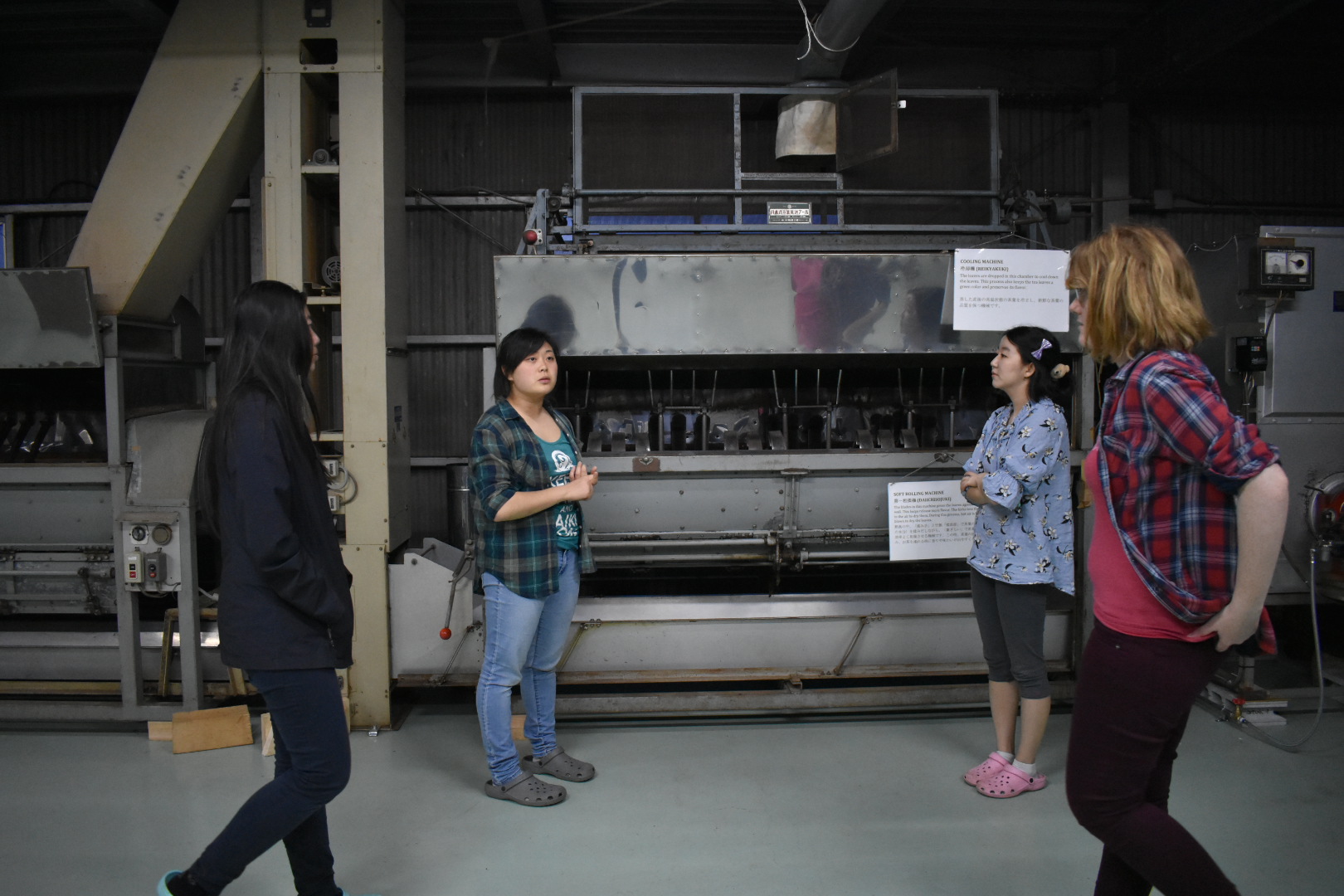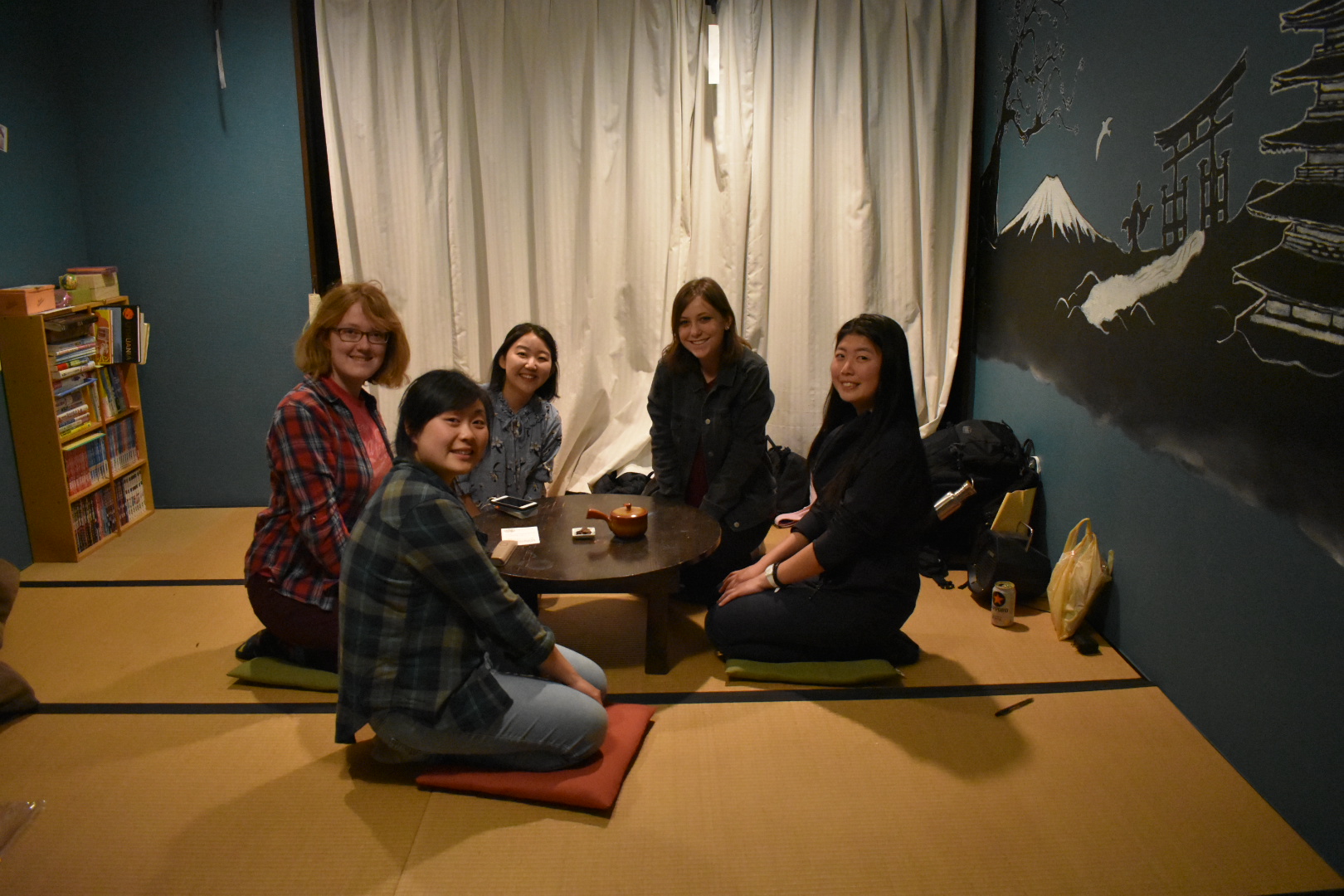The Gladiators
Now we get to the good part: the gladiators of the Coliseum. Contrary to popular belief, only about 10 percent of gladiators ever died in battle or from their wounds in battle. It was still a very risky profession, but not as dramatic as is often depicted in movies. Gladiators often did not battle to the death because a gladiator is an expensive investment for their ludus, or gladiator school, because they must be trained, housed, and clothed. It would not be economical to own gladiators if your investments die half the time they were used for a fight. Most gladiators were slaves, although some people did choose to be gladiators. They occupied an interesting place in society. Many were wealthy, as they often got paid large sums to fight, and good gladiators had a type of celebrity status in Rome, but they also were denied the right to citizenship, and many were slaves (although they could often afford to pay for their freedom with their battle fees). They could not marry Roman citizens (although there are stories of particularly famous gladiators consorting with senator’s wives), and had tattoos to signify that they were gladiators. The fame and wealth accompanied with the loss of rights meant that gladiators occupied this strange limbo ground in Roman society.
Going There
Honestly, getting into the Coliseum is really quite a process. As with most tourist attractions in Rome, I would recommend going early and maybe even getting in line before they open. I would also get tickets in advance, or get the super ticket from the Forum the day before so that you don’t have to wait in line to buy a ticket here. When we went as a class, we got there quite early, maybe around 8:30 and only had to wait in line about 30 minutes. My brother and I went a different time and got there around 9:30, and had to wait in line for a little over an hour before we even got to buy our tickets. It takes so long because they send you through security (of which they should have more open) and then have you purchase your ticket after, which, as you can imagine, is a slow moving process. The price of the ticket isn’t terrible, i believe its only 15 euros to visit both the Coliseum and the Roman Forum.
I really enjoy learning about the Coliseum. It is an iconic symbol of Rome, and reminder of the wacky types of entertainment the ancient Romand enjoyed. It’s name, history, construction, and the gladiators that fought (and died) here are all fascinating, and learning about them really enhanced my visit to this awesome place. It was even cooler to take my brother back a second time and teach him all of things that I had learned. In many ways, the Coliseum is symbolic of the ancient Romans: its massive and beautiful and opulent with a violent and bloody history.
